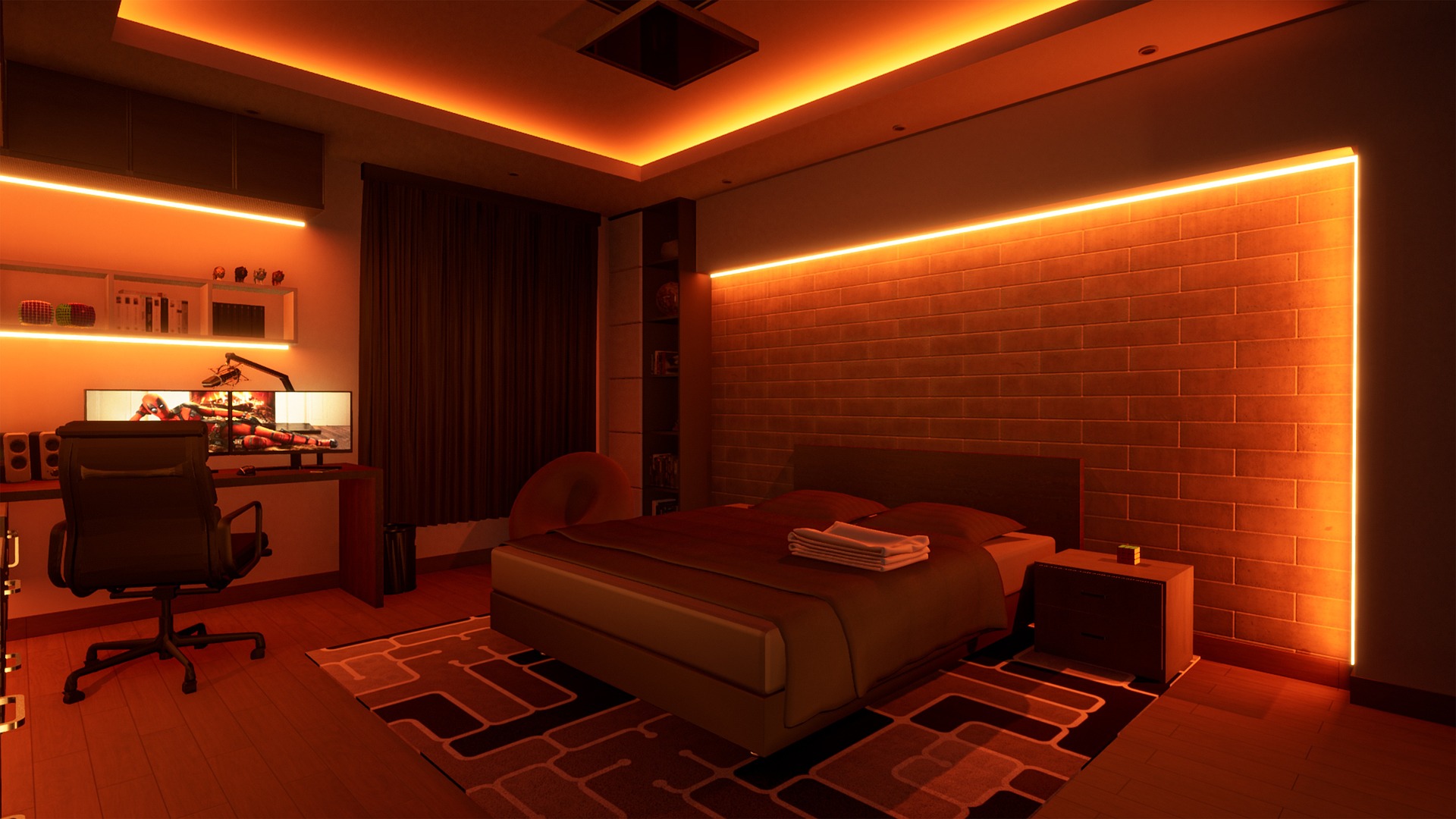Bedroom Design: Furniture, Storage and Wardrobe Tips
A well-planned bedroom balances comfort, function, and aesthetic in a way that supports rest and daily routines. Whether you have a compact urban apartment or a spacious home, thoughtful decisions about bedroom layout, furniture selection, storage solutions, wardrobe organization, and interior finishes can make the space feel larger, calmer and more useful. This article explains practical approaches to arranging and equipping a bedroom so it meets sleeping needs and storage demands while reflecting personal style.

Bedroom layout and planning
Start by measuring the room and noting door and window placement, radiators, and electrical outlets. Prioritize the bed position for natural light and easy circulation: a central focal wall or a corner that allows both sides of the bed to be accessed works well. Plan walking clearances—typically at least 60–75 cm (24–30 in) on the sides and foot of the bed—so drawers and closet doors can open freely. Consider zoning: sleeping, dressing, and a small workspace or seating area if space allows. Good planning reduces future furniture rework and makes storage and lighting choices more effective.
Choosing bedroom furniture
Select furniture scaled to the room. In smaller bedrooms, choose slimmer bedside tables, low-profile beds, and multifunctional pieces to avoid crowding. Solid wood, engineered wood, metal and upholstered frames each offer different durability and aesthetics—match material to maintenance expectations and interior style. Nightstands with drawers provide bedside storage; dressers should have a mix of shallow and deep drawers for different garments. If replacing a mattress, coordinate the bed base and mattress size (single, double, queen, king) so the room remains proportionate and functional.
Storage solutions for bedrooms
Storage should be both hidden and accessible. Use under-bed storage drawers or boxes for seasonal items and spare bedding. Floating shelves, wall-mounted cabinets, or narrow chests can make use of vertical space without sacrificing floor area. Bespoke built-in storage maximizes awkward alcoves and corners, but freestanding modular units are more flexible for future moves. Drawer dividers, labeled bins, and shelf risers improve visibility and reduce clutter. Aim to keep everyday items within easy reach and infrequently used items higher up or tucked away to maintain a calm, restful atmosphere.
Wardrobe options and organization
Wardrobes come in fitted, freestanding, sliding-door and walk-in formats. Sliding doors save swing space in tight rooms; hinged doors give full visual access but need clearance. Inside, combine hanging rails for longer garments, double rails for shirts and trousers, and drawers or cubbies for folded items and accessories. Use consistent hangers, shelf dividers, and clear boxes for shoes and belts to keep things orderly. Consider a small valet area or hook by the bed for prepping the next day’s outfit. Proper wardrobe planning reduces daily decision fatigue and keeps the bedroom tidy.
Interior styling and finishing touches
Choose a neutral or limited palette to keep the bedroom restful; accent colors and textures can be introduced through cushions, throws, or a feature wall. Layer lighting with overhead, task (reading lamps), and ambient (dimmable) sources to adapt the mood. Curtains or blinds that block light effectively support sleep; lighter sheers maintain privacy while letting daylight through. Rugs anchored under the bed add warmth and define the sleeping zone. Materials and finishes should reflect maintenance needs—stain-resistant fabrics for upholstery, easy-to-clean surfaces for bedside tables—while contributing to an overall cohesive interior.
Practical considerations for maintenance and local services
Plan for cleaning access and maintenance when selecting finishes and furniture placement—gap space for vacuuming, removable covers for upholstery, and accessible hardware for wardrobe adjustments. If you need professional help for custom wardrobes, built-ins, or complex layout changes, seek local services with clear portfolios and reviews. When hiring installers or interior professionals, confirm measurements, lead times and warranties in writing. For DIY upgrades, measure twice, research materials, and use appropriate tools to ensure safety and longevity.
Conclusion
A functional and appealing bedroom is the result of deliberate choices about layout, furniture, storage, wardrobe systems, and finishing touches. Prioritizing circulation, scalable furniture, efficient storage, and organized wardrobe interiors helps create a space that supports rest and daily routines. Thoughtful lighting and materials complete the interior, making the bedroom both practical and comfortable for everyday life.






